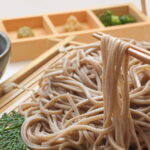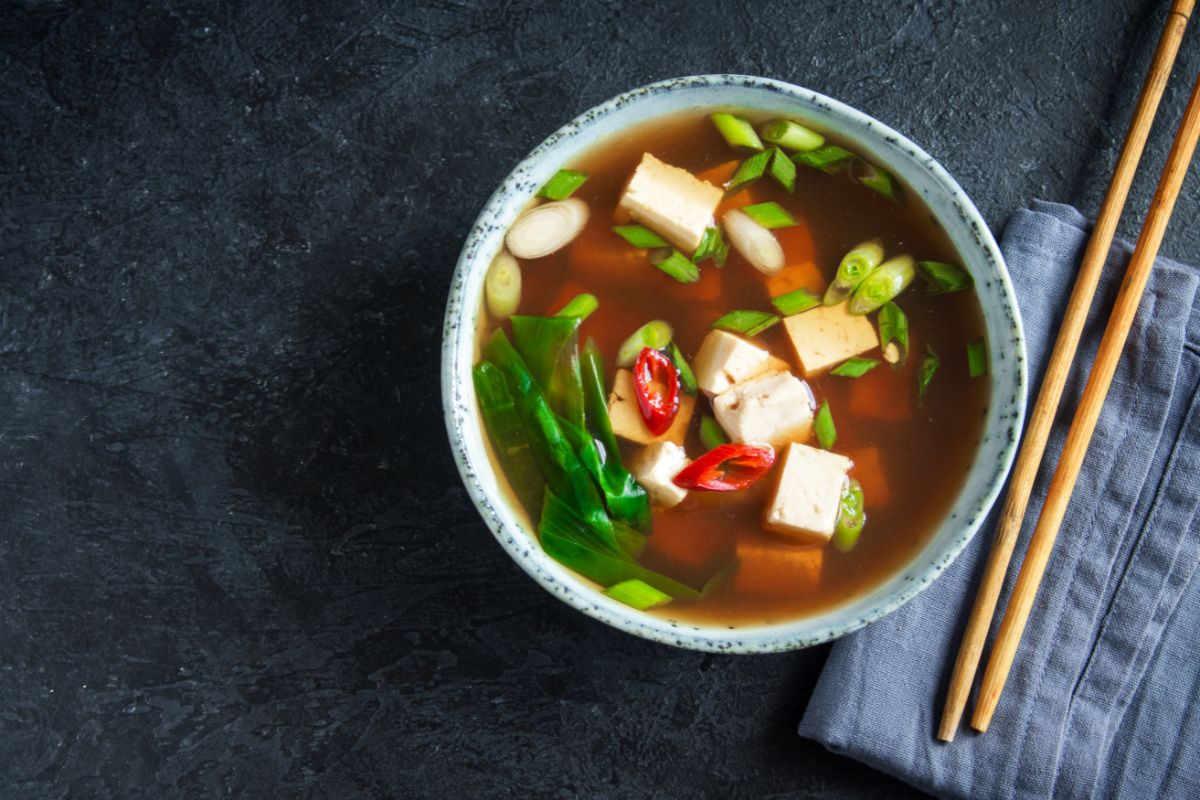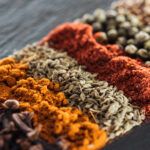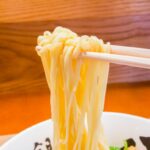Udon noodles are a staple in Japanese cuisine and can be used in pretty much any Asian recipe that requests long noodles. These are the types of noodles that you really want to introduce to a soup and you can excuse the consequential slurping.
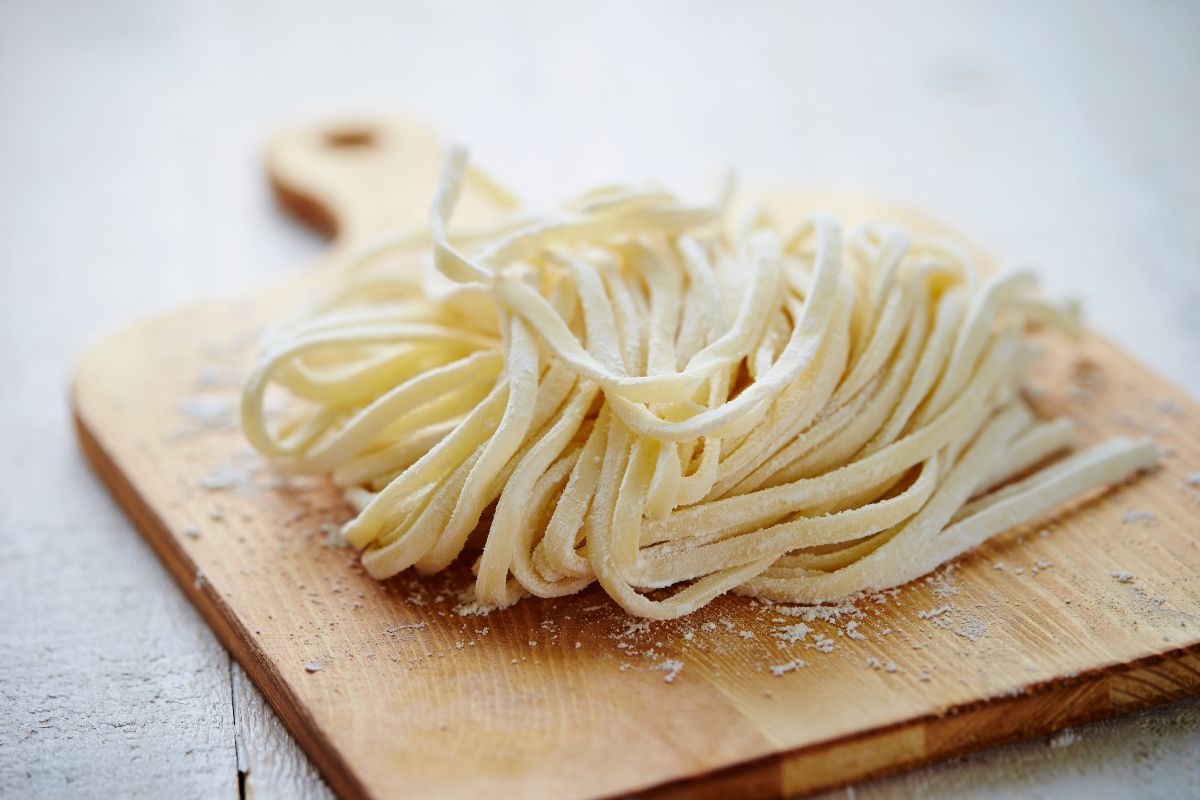
Great in a stir-fry, cold noodle dish, or just as a simple side dish, they do not take long to prepare at all.
In this article, we will look at the different varieties of udon noodles and how long it takes to boil them.
What Are Udon Noodles?
These noodles are traditional to Japan and characterized by their length and thickness. If you were to liken these noodles to pasta then their size and shape would be close to fettuccine.
However, you can expect traditional udon noodles to be plumper and distinctly rounder. If you want some noodles that you can smoothly slurp then you should opt for some udon noodles.
There are typically three different types of udon noodles that you can find in an Asian supermarket or on the menu in a Japanese eatery.
Dried Udon
In an Asian supermarket, you should readily find dried udon that you can prepare at home. These are typically packed in cellophane and come in eight-ounce packages.
The packaging should also have some directions for how to prepare them which are easy to follow.
Dried udon are great to store and have readily available for a quick meal as they can keep pretty much indefinitely in the right conditions.
Fresh Udon
One difference between fresh and dried udon is how rounder and plumper the fresh variety is.
These also come in cellophane packages though the quantity is usually a bit more at between 8 and 16 ounces, or even more.
Fresh udon needs to be stored in the refrigerator and you should keep an eye on the best-used-by date to ensure their freshness.
As these noodles are closer to being ready, you need less time to prepare them which makes them ideal for cold noodle dishes and stir-fries.
Wholewheat Udon
Wholewheat udon may be a little harder to find than the other two varieties yet a trusty natural food store may have it in stock.
The main selling point for these noodles is how nutritious they are.
Their characteristics further them from pasta and bring them closer to the Japanese soba noodles rather than a typically thick Asian noodle.
How Long It Takes To Boil Udon Noodles?
Each variety of udon noodles comes with its own directions on how to prepare them.
Dried Udon
For eight ounces of dried udon noodles, bring around three gallons of water to a rolling boil in a large pan or stockpot.
Throw in the noodles and once the water returns to a boil start your timer. Dried udon noodles should only take between 10 and 12 minutes to cook in a rolling boil though you should still check them to make sure.
Carefully remove a single noodle from the pot and put it in a bowl of cold water, if it is properly cooked it should be tender and the outside should be slippery but not soft.
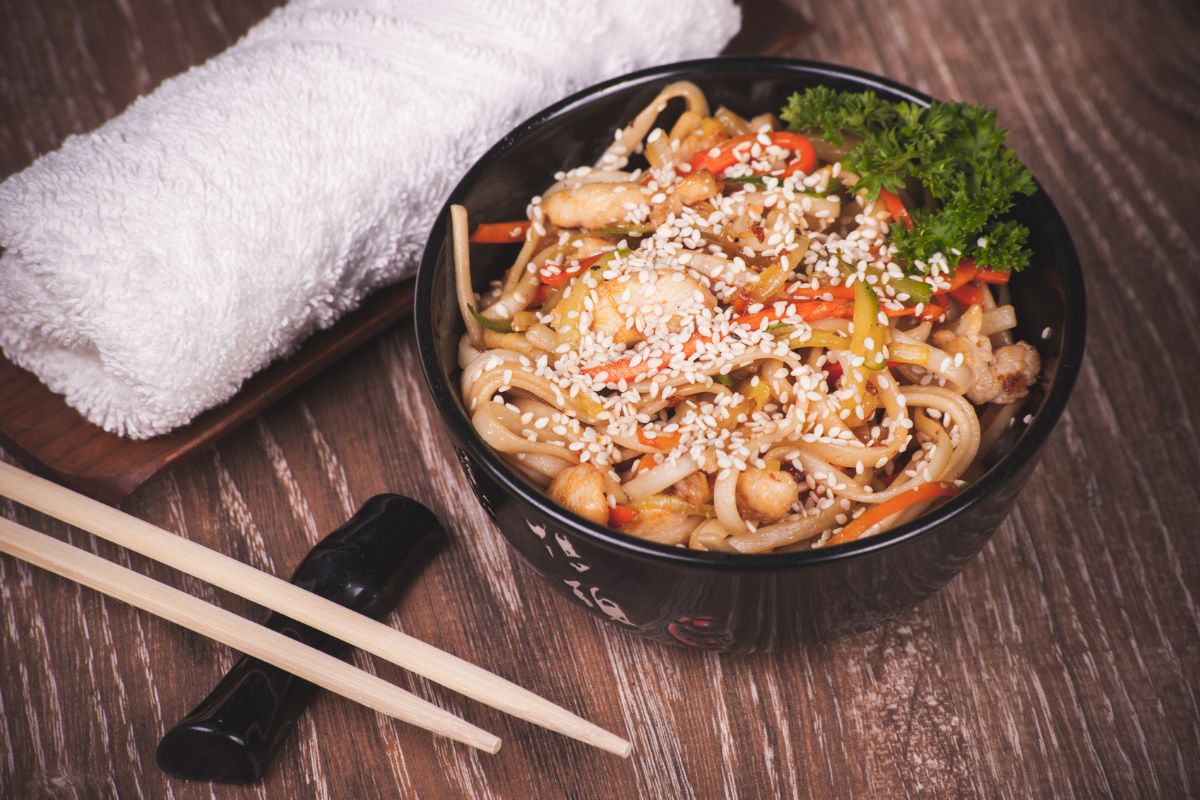
Fresh Udon
Compared to dried udon noodles, fresh udon noodles take less time to cook. For an eight-ounce pack, you can expect the noodles to be almost wok-ready though they may need some cooking to be ready for soup.
Only three minutes in boiling water with a bit of seasoning is required to get these noodles ready for a soup.
Those are also the instructions to prepare fresh udon noodles for a cold noodle dish, though once boiled the noodles should be rinsed in cold water until they are cool enough to add to the dish.
To use fresh udon noodles in a stir-fry you can boil them for a couple of minutes yet you could throw them in straight after opening the packaging.
Once the meat and/or vegetables are cooked and seasoned you can add the noodles and cook them for just another three minutes, perhaps with some oyster sauce.
Wholewheat Udon
Compared to fresh udon noodles, wholewheat udon noodles may seem a little tougher. However, they still only need to be cooked a little longer at five minutes rather than three.
After about those initial three minutes, the noodles should begin to float and they only require two more minutes of cooking after that.
To stop the cooking, you can plunge the noodles into ice water and then drain them well.
Final Thoughts
Udon noodles are incredibly versatile and their thickness can make them filling alongside some tasty meat, vegetables, and a thick sauce.
Whether in a stir-fry, soup, or cold noodle dish you should feel encouraged to slurp them. As long as you can tolerate wheat, the noodles should be good for you though, like pasta, they are mostly considered carbs.
If you are going to cook with them, throw them into a dish that already has a lot of vegetables to balance it out.
Typical dishes that involve udon noodles include straightforward side dishes such as some noodles sprinkled with sesame seeds and soy sauce.
If you are looking for a cold noodle dish then prepare a batch of udon noodles and then combine it with some just-steamed vegetables.
These nutritious additions could be peppers, carrots, scallions, broccoli, or the more traditional bok choy.
Vegetables and noodles are an excellent combination to go with for a stir-fry where you can coat it all in a delicious sauce.
Frequently Asked Questions
What Are Udon Noodles Made Of?
Udon noodles are typically made from water, salt, and wheat flour. Such a simple trio of ingredients creates a bouncy and fat-textured noodle.
Fresh udon noodles are increasingly more delicate than the dried ones with dried udon noodles being flatter and closer to linguine in texture.
What Is The Nutritional Value Of A Cup Of Udon Noodles?
The nutritional value of a cup of noodles when cooked is around four grams of protein with some fiber and iron. Though high in carbs, udon noodles are low in fat.
If you enjoyed this post, you might enjoy our article on ‘Is It Polite To Slurp In Japan?‘.
- 16 Best Websites To Watch Japanese Movies With English Subtitles - May 11, 2023
- Is ZIPAIR The Best Airline For Traveling To Japan? - May 11, 2023
- Ryu Murakami Vs Haruki Murakami – Which One Should You Read? - May 11, 2023

